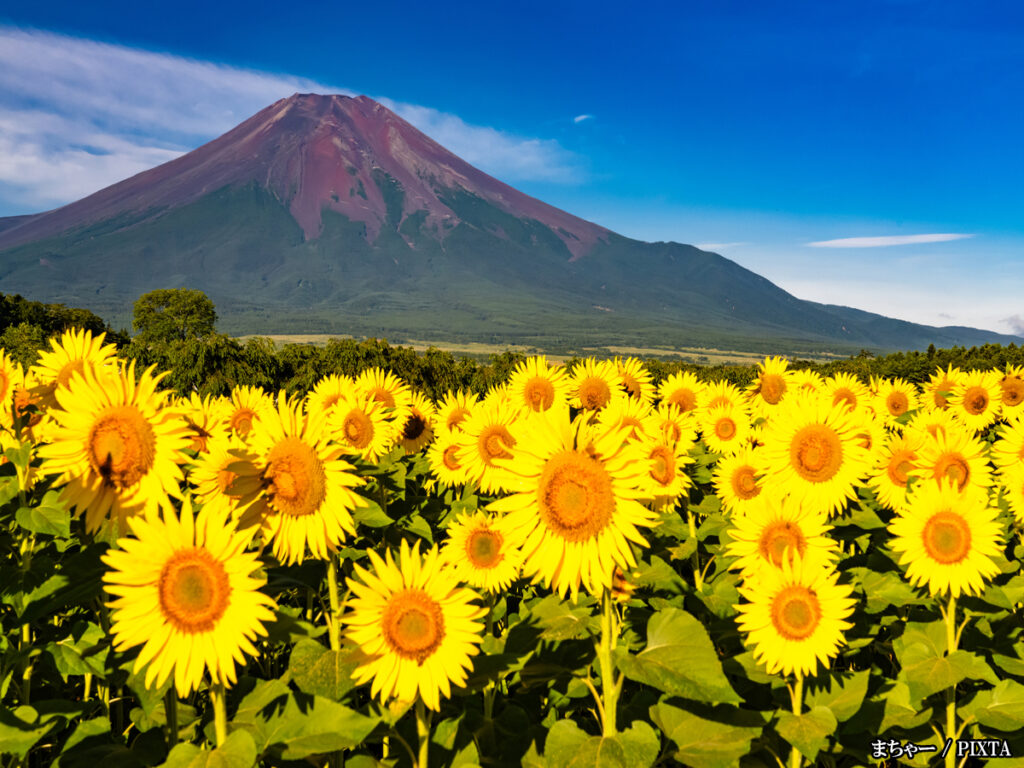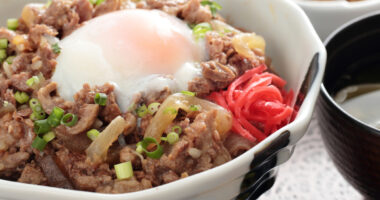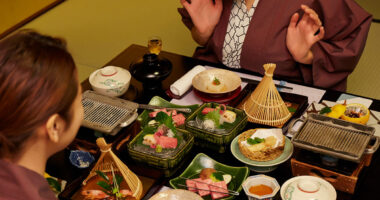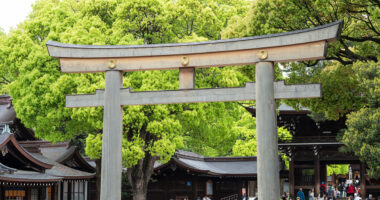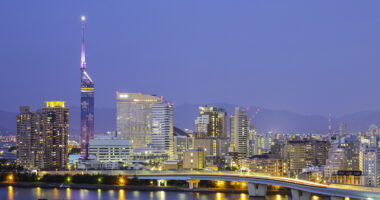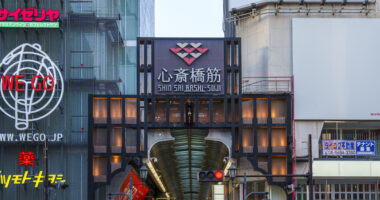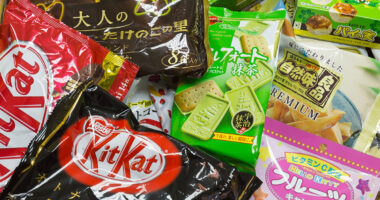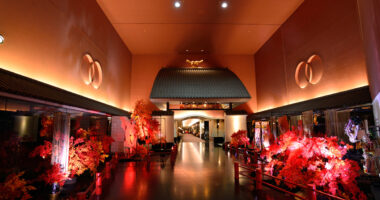- Average summer temperatures in Japan throughout the year
- A look at Japan's summer heatwaves
- Evolution of living standards according to the weather
- Geography and the science behind Japan’s summer climate
- The hottest time of year in Japan
- Heat in Tokyo
- The best time for international tourists to visit Japan in summer
- What activities to enjoy during summer in Japan
- What clothes to pack for Japan's summer
- Skincare essentials for Japan's summer heat
- Hydration: staying cool and healthy in Japan’s summer
- Fruits you can enjoy in Japan during summer
- Famous Japanese scenic spots to visit in summer
- Best way to travel around Japan in summer
- Embrace Japan’s summer: stay cool and ready
Summer Weather in Japan is known for its intense heat and humidity. This season is both exciting and challenging for residents and visitors. The country’s unique geography and the influence of seasonal winds shape its weather patterns. Summer temperatures often reach extreme levels, and the country braces for heat waves.
In this article, we will explore Japan’s weather throughout the year, the hottest periods, regional differences, and how people cope with the summer heat.
Average summer temperatures in Japan throughout the year

Photo for illustrative purposes
Japan’s climate is highly diverse due to its geographic location, topography, and length. Stretching over 3,000 kilometers (over 1,860 miles) from north to south, the country experiences a variety of weather patterns ranging from cold, snowy winters to hot, humid summers.
The overall climate can be divided into four distinct seasons: spring, summer, autumn, and winter. Each season has its own unique characteristics and plays a critical role in shaping daily life in Japan.
A look at Japan’s summer heatwaves
Summer is when the most dramatic shifts occur in Japan. The season, from June to August, is characterized by high temperatures and high humidity levels. The start of summer is marked by the rainy season, which often brings weeks of downpours, particularly in central and southern regions.
After the rains, intense heatwaves follow, creating a humid atmosphere that can be difficult to manage. In most regions, the summer months see average high temperatures of 30°C (86°F) or higher, with some areas reaching over 35°C (95°F).

Photo for illustrative purposes
Evolution of living standards according to the weather
Japan has adapted its living standards and architecture to handle extreme weather, especially the intense summer heat. Historically, builders designed Japanese homes to maximize ventilation and reduce heat retention.
With technological advancements, Japan has taken a modern approach to beating the summer heat. Air conditioning is now common, and energy-efficient designs help keep indoor spaces comfortable.
Despite modernization, many people still rely on traditional cooling methods. They use fans, wear lightweight clothing, and enjoy cold foods like shaved ice (kakigori) to stay cool.
In urban areas like Tokyo, the heat feels even more intense due to the urban heat island effect. To counter this, cities have introduced green spaces, rooftop gardens, and reflective materials.
Geography and the science behind Japan’s summer climate
The science behind Japan’s summer climate is deeply connected to its geography. Japan is located in the Pacific Ocean, which subjects it to the effects of ocean currents, monsoons, and typhoons. The country’s latitude and proximity to the Asian continent also contribute to its humid and often oppressive summers.
The tsuyu (rainy season) occurs generally between May and July, as a result of a shift in atmospheric pressure and wind patterns. The summer months that follow are characterized by a high-pressure system that causes hot, dry conditions in many parts of the country.
Additionally, Japan is susceptible to typhoons during the summer. These storms, which develop in the Pacific Ocean, can bring heavy rains, strong winds, and significant damage to coastal areas.
A look at regional differences
Japan’s summer heat varies widely depending on the region. Coastal cities like Tokyo and Osaka don’t just get hot—they also face extreme humidity. Inland areas, including Kanto and Kansai, regularly see temperatures soaring past 35°C (95°F). The intense heat often lingers well into September, making summers long and exhausting.
Northern Japan, particularly Hokkaido, experiences much milder summers. While it still gets warm, temperatures rarely climb above 30°C (86°F). Many people escape to the north to avoid the unbearable heat in southern Japan.
Mountainous regions provide another option for relief from the summer swelter. The highlands in central Japan stay much cooler than the cities, offering a refreshing break from the heat.
The hottest time of year in Japan
The hottest time of the year in Japan typically occurs during the months of July and August. The peak heat is typically felt in the second half of July through mid-August, with temperatures gradually cooling down by late August or early September.
Heat in Tokyo
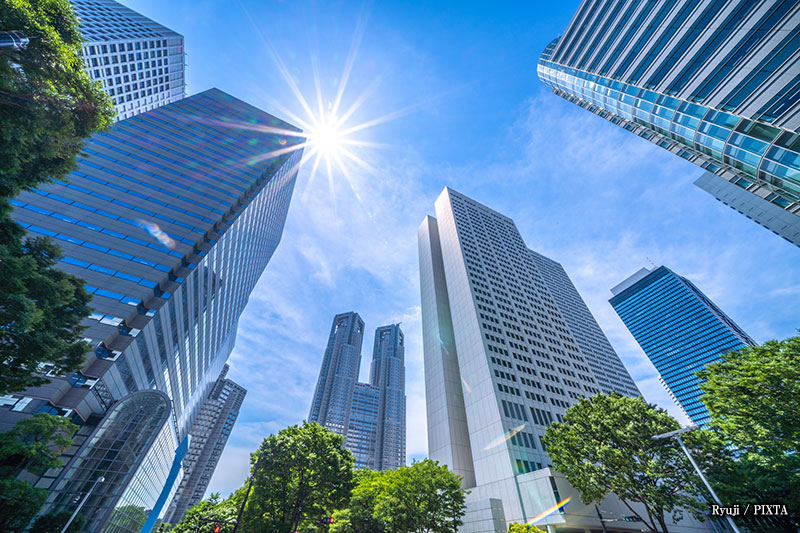
Photo for illustrative purposes
Tokyo, Japan’s bustling capital, is one of the hottest cities during the summer months. As one of the largest urban centers in the world, Tokyo experiences the full force of the urban heat island effect, where the dense concentration of buildings, roads, and concrete traps heat.
To cope with the heat, Tokyoites rely on air conditioning, public transportation systems that are fully equipped with cooling systems, and, sometimes, water-based coolants in public spaces. Despite the availability of such modern conveniences, the city’s scorching summer weather remains a challenge.
The best time for international tourists to visit Japan in summer
While Japan’s summer can be hot and humid, it’s also one of the most exciting times to visit due to various events and unique cultural experiences.
Late spring (May) and early summer (early June) before the peak heat hits can offer a more pleasant experience with fewer crowds and more moderate temperatures. However, if you’re interested in immersing yourself in the full Japanese summer experience, July and August are the months to witness vibrant summer festivals in the country.
These months align with the peak of the tourist season. If you visit during this time, popular destinations and major cities will be crowded with visitors.
What activities to enjoy during summer in Japan
Summer in Japan offers a variety of activities that allow visitors to enjoy both the heat and the country’s unique culture. Some of the most popular activities include:
Festivals
Japan’s summer festivals are one of the main attractions for tourists. The Gion Matsuri in Kyoto and Awa Odori in Tokushima are just a few examples of festivals where you can experience traditional music, dances, and parades.
Gion Matsuri, Kyoto
Gion Matsuri takes over Kyoto for the entire month of July. Massive, beautifully decorated floats parade through the streets, making the atmosphere feel almost unreal. It’s a perfect way to experience Japan’s deep-rooted traditions up close.
Awa Odori, Tokushima
Held between August 12 and 15 every year, Awa Odori in Tokushima is a cherished dance festival where thousands of people dressed in traditional attire move to the rhythmic beats of taiko drums.
Beach visits and water sports
If you’re headed to Japan’s coastal areas like Okinawa, Shirahama, or the Izu Peninsula, the beaches are perfect for a summer escape. Swimming, snorkeling, and surfing are all popular activities over there.
Hanabi taikai (fireworks shows)
These breathtaking fireworks displays are a staple of Japanese summer. Held all over the country, these events feature massive, colorful firework shows that light up the summer night sky.
Hiking in the mountains
For those looking to avoid the intense city heat, hiking in regions like Kamikochi in the Japanese Alps or the mountains of Hokkaido provides cooler temperatures and stunning views. Karuizawa is known as a summer resort in Japan
What clothes to pack for Japan’s summer
When traveling to Japan during the summer months, it’s essential to pack light, breathable clothing to help you stay comfortable despite the hot and humid conditions. Here’s a list of clothing essentials you must carry:
- Lightweight, breathable fabrics such as cotton and linen are ideal for staying cool in the heat.
- Comfortable walking shoes are a must if you plan to explore Japan’s cities, temples, and natural landscapes.
- Sun-protective items like hats, sunglasses, and UV-blocking clothing can help protect you from the intense sun.
- Comfortable, loose-fitting clothes are the best choice to beat the humidity.
- Rain gear like an umbrella or light rain jacket can come in handy, especially during the rainy season.
Skincare essentials for Japan’s summer heat
Japan’s summer heat and humidity can be tough on your skin, so having a solid skincare routine will help you stay fresh and protected throughout your trip. Here are some skincare essentials to bring:
- Sunscreen:
Make sure to pack a broad-spectrum sunscreen with an SPF of 30 or higher to protect your skin from UV rays. Japan has many sunscreen products formulated to be lightweight and non-greasy, which are perfect for the humid summer weather. - Moisturizer:
Hydrating your skin is crucial during the summer months, as the heat can leave it feeling dry and irritated. Look for light, water-based moisturizers that won’t clog your pores. - Face mist:
Carry a refreshing face mist to keep your skin cool and hydrated when you’re outdoors. - Blotting paper:
Blotting paper is a great way to stay fresh during your day to tackle sweat and excess oil. - Lip balm:
With the summer heat, lips can easily become dry or sunburned. A good lip balm with SPF is a must.
Note: If you prefer aerosol-based products, you’ll want to buy them in Japan since you can’t bring them on international flights.
Hydration: staying cool and healthy in Japan’s summer
Hydration is key during the summer months in Japan due to the high humidity and the intense heat. Be sure to drink plenty of fluids throughout the day, especially if you’re walking around or spending time outside. Japan offers several hydrating drinks that can be found easily in vending machines and convenience stores:
- Electrolyte drinks:
These are great for replenishing your body’s salt and mineral levels after sweating in the summer heat. - Iced tea or barley tea:
Japanese iced teas, such as matcha or barley tea, are refreshing options that can be found everywhere. - Fruit-based drinks:
During the summer, some convenience stores offer watermelon, citrus, or other fruity beverages that help you stay hydrated. While watermelon is a popular fruit to eat in summer, juices featuring watermelon are not as typical as citrus or other flavors.
Fruits you can enjoy in Japan during summer

Photo for illustrative purposes
One of the most popular summer fruits in Japan is suika (watermelon). Watermelons in Japan are typically large and sweet, with a distinctive red flesh that provides a refreshing escape from the summer heat.
Another summertime favorite is momo (peach), which is celebrated for its juicy and fragrant flesh. Japanese peaches are often larger and more aromatic than their Western counterparts.
Other fruits that are widely enjoyed during summer include ume (plums), sakuranbo (cherries), and melons. Ume is particularly significant in Japan, as it is used to make umeboshi (pickled plums), a common accompaniment to rice. Grapes, pears, and citrus fruits such as yuzu and mikan (mandarin oranges) also flourish during the summer months, providing a wide array of flavors to enjoy.
Famous Japanese scenic spots to visit in summer
Japan offers a range of scenic spots that become particularly enchanting in the summer. Whether you’re interested in nature, historical landmarks, or urban adventures, there’s something for everyone:
Mount Fuji
For those who wish to climb during the open season from July to early September, the weather is warm, but the crisp air at higher altitudes offers a refreshing escape. Hiking or simply taking in the views of Japan’s most iconic peak is a favorite summer activity. The weather is warm, but the crisp air at higher altitudes offers a refreshing escape.
Okinawa
The tropical islands of Okinawa offer pristine beaches, clear blue waters, and rich cultural experiences. It’s the perfect summer getaway for water sports, relaxation, and exploring traditional Okinawan culture.
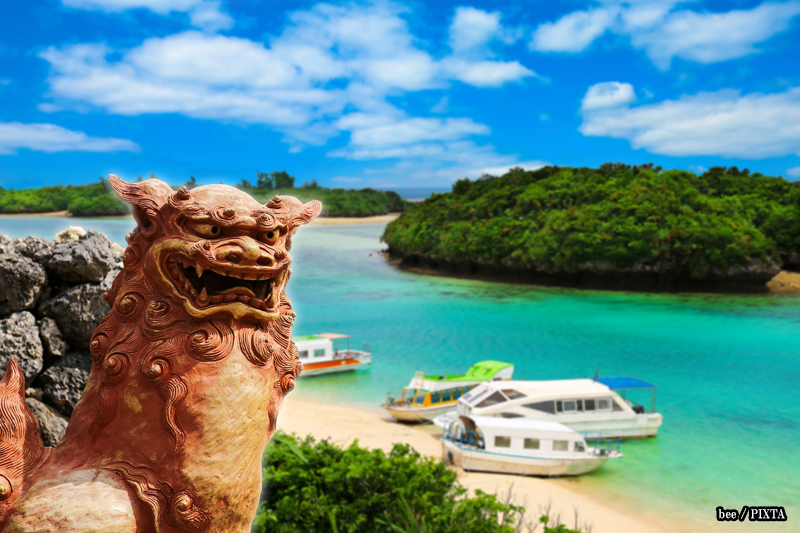
Photo for illustrative purposes
Nara Park
Home to free-roaming deer and beautiful temples, Nara Park is a peaceful, scenic escape where visitors can enjoy nature and history in one spot.
Kamakura
Just outside Tokyo, Kamakura offers a mix of beach activities, ancient temples, and lush green hills. It’s perfect for a day trip away from the city’s heat.
Best way to travel around Japan in summer
Here are the best ways to travel around Japan during the summer months:
Shinkansen (bullet train)
Shinkansen offers the fastest and most efficient way to travel between major cities like Tokyo, Osaka, Kyoto, and Hiroshima. The bullet train is air-conditioned, allowing you to travel comfortably even in the summer heat.
Other public transportation
Cities like Tokyo and Osaka have extensive metro and bus networks to make your commute easy across different places.
- Cycling:
Japan is a bike-friendly country, and cycling is an excellent way to explore local neighborhoods and scenic areas at a relaxed pace. - Buses and tours:
For more rural or off-the-beaten-path locations, consider taking guided bus tours. They offer an easy and comfortable way to travel while provding insights into Japanese culture and history.
Embrace Japan’s summer: stay cool and ready
Experiencing Japan in the summer is both exciting and rewarding. The vibrant festivals, breathtaking coastal views, and seasonal delicacies create a unique charm that makes the trip worthwhile.
Remember, staying hydrated and taking indoor breaks are the cheat codes to beat the intense heat!
Beyond managing the summer heat, make sure to embrace Japan’s culture with respect. Greet people properly, keep noise levels low on public transport, and follow local traditions to show appreciation for the country’s rich heritage.
Plan your trip wisely, but most importantly, have fun!
